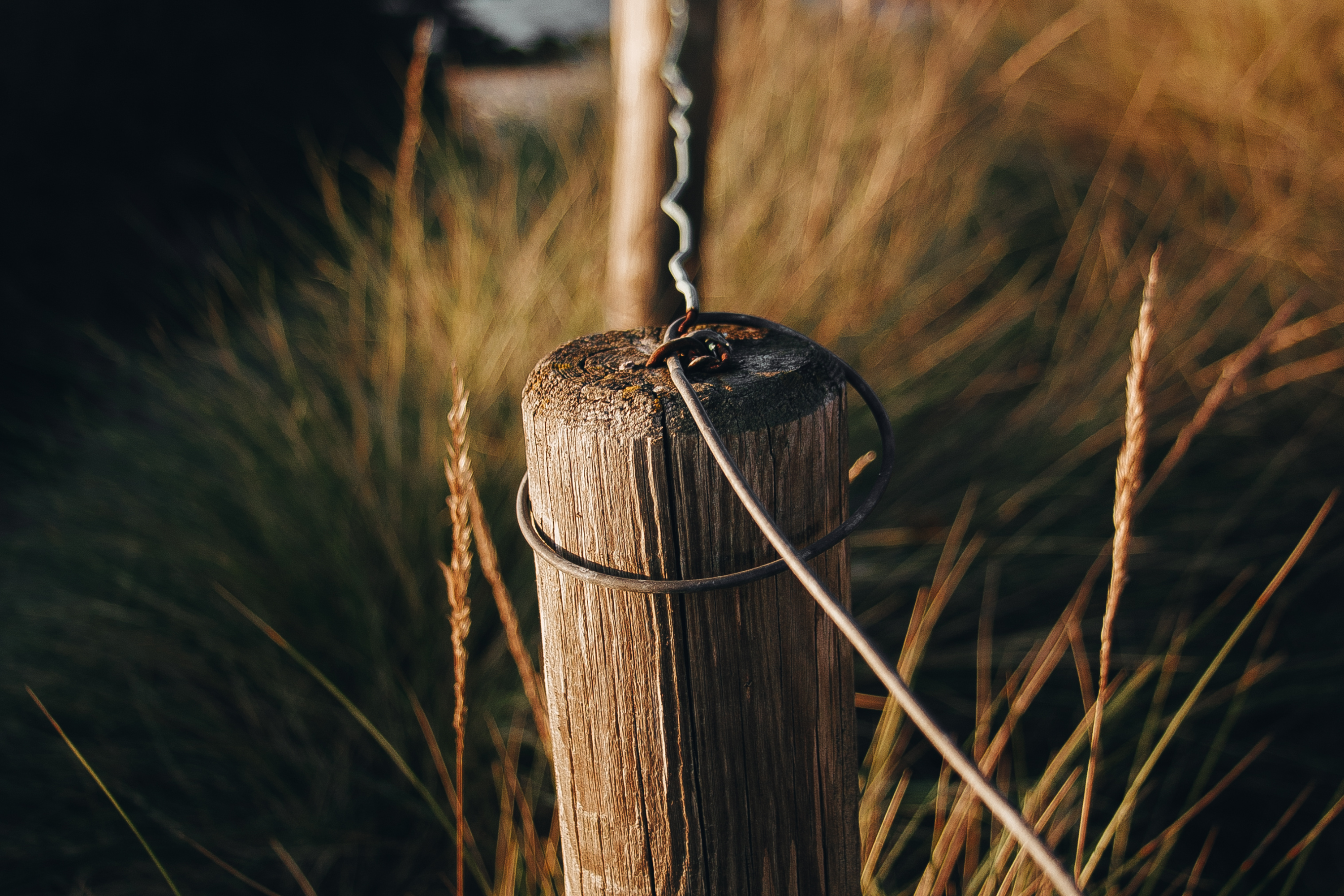
High-Tensile Wire Fencing: Strong, Long-Lasting, and Low Maintenance
If you're looking for a durable, low-maintenance fencing option that can stand up to livestock, wildlife, and weather—high-tensile wire fencing is a top contender. Ideal for both permanent pasture fencing and perimeter enclosures, high-tensile systems offer strength and flexibility without the high upkeep of traditional materials.
What Is High-Tensile Wire Fencing?
High-tensile fencing is made from smooth steel wire that is stretched tightly between posts and held under high tension. The wire itself has a higher carbon content than standard fencing wire, which gives it superior strength and resistance to stretching or sagging. It can be used alone or electrified to increase its effectiveness.
Benefits of High-Tensile Wire Fencing
-
Durability: Resistant to weather, livestock pressure, and time. A well-installed high-tensile fence can last 20–40 years.
-
Low Maintenance: Unlike barbed wire or woven wire, high-tensile fences rarely need retightening and are less likely to break under pressure.
-
Cost-Effective Long-Term: While the initial setup can be more expensive, fewer repairs and a longer lifespan make it economical over time.
-
Flexible Configuration: Can be used for various animals—cattle, sheep, horses, and even deer—with strand count and spacing tailored to your needs.
-
Electric Option: Easily adapted for electric fencing, providing extra control and a stronger psychological barrier for livestock.
Best Uses
High-tensile wire is incredibly versatile and suitable for:
-
Large or permanent pastures
-
Perimeter fencing
-
Multi-animal operations with varying fencing needs
-
Wildlife exclusion
It's especially effective in rotational grazing systems and for areas with long fence runs where durability matters most.
Installation Considerations
High-tensile fencing requires solid corner and brace posts to maintain tension. The wire must be properly tensioned with specialized tools and insulators if electrified. Posts can be spaced wider than with other fencing types—often 20–30 feet apart—reducing material costs.
Professional installation is recommended unless you're familiar with high-tensile setups, but DIY is possible with proper planning and equipment.
Using Barn Owl Cameras with High-Tensile Fencing
Barn Owl cameras easily mount to wood or metal posts typically found in high-tensile fencing—whether along vulnerable fence sections, at gates, or near water sources. With real-time monitoring, you can promptly respond to breakouts, track grazing patterns, and keep your property secure—all without needing to patrol the fence line daily.
Conclusion
High-tensile wire fencing is a modern, reliable option that works just as hard as you do. With proper setup, it provides years of low-maintenance, high-performance service—especially when paired with smart tools like Barn Owl cameras to help you keep eyes on your land, livestock, and infrastructure.
Next up: Electric Fencing: A Smart, Flexible Solution for Livestock and Property
Share


